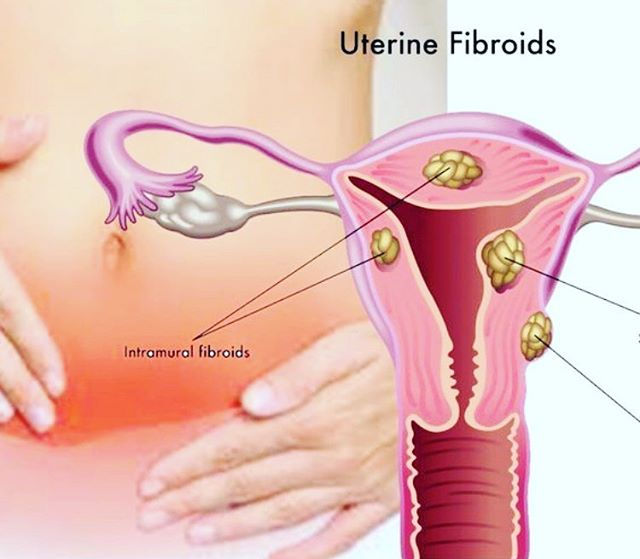Uterine Fibroid, Epidemiology and Treatment Options:
- drnaghmeh

- Apr 26, 2020
- 3 min read
Uterine fibroids are benign growths in the uterus that are NOT cancerous , but, can negatively impact your gynecological health.
Today I am collaborating with Dr. Ali Golshan, an interventional radiologist in Los Angeles to talk to you about the latest technologies to treat uterine fibroids.
Uterine fibroids are extremely common, affecting up to 70% of women. 1 in 3 women and 3 in 4 African American women get them. The majority of uterine fibroids are diagnosed in women between the ages of 35 and 54. However, fibroids can occur in women younger than 35.

What Causes Uterine Fibroids ?
1- Genetics- Family history
2- Estrogen and progesterone- Oral contraceptive
3- Growth hormones
4- Micronutrients- For example a deficiency in vitamin D may be associated with uterine fibroids
5- Obesity
Major Uterine Fibroid Symptoms :
1- Heavy monthly periods
2-Pelvic pain and pressure
3- Constipation and Bloating
4- Anemia
5- Pain during sexual intercourse
6- Infertility
Treatment options: By Dr. Ali Golshan: The range of treatments varies and corresponds to the severity of symptoms. Patients with incidental fibroids (no symptoms) seen on an ultrasound or MRI do not need treatment. A good starting point is to see your primary care physician or gynecologist and discuss your symptoms and treatment options. Your primary care physician will also take care to be certain your symptoms are not from another condition. Medications: oral contraceptives, GnRH agonists, NSAIDs can be prescribed to treat bleeding or pain but should be prescribed by your physician and do not cure or eliminate the fibroids. Hysterectomy is the surgical removal of your entire uterus (performed by a gynecologist). Myomectomy is the surgical removal of one or some of the fibroids affecting your uterus (performed by a gynecologist). Uterine artery embolization is a minimally invasive procedure performed by an interventional radiologist to treat all of your uterine fibroids. The procedure is performed in an outpatient setting. After the patient receives sedation (not general anesthesia) a tiny catheter is inserted into the femoral artery (over the hip) and guided into the uterine artery under X-ray guidance. Tiny particles are delivered into the uterine artery blocking blood flow to the fibroids depriving them of oxygen and glucose and leading to the treatment of the fibroids. Uterine artery embolization typically takes an hour and the recovery post procedure is a few hours. The patient is sent home, the same day, with pain and nausea medication. Typically the patient will have pelvic pain and nausea after the procedure for a week. We recommend patients take a week off of work but this varies with the type of work patients perform. Typically the treatment is very successful (90-95% success rate) at improving symptoms such as bleeding, pain and bloating while avoiding surgery, scarring, prolonged recovery time.
Patients with symptomatic bleeding, pain and pressure are extremely responsive to treatment with uterine artery embolization. Uterine artery embolization does not preclude subsequent pregnancy but, does reduce fertility for a few year after the procedure. Additonally, patients with extremely large fibroids creating distension of the pelvis may benefit from surgical removal of the fibroid. A detailed discussion with an experienced interventional radiologist can help guide your treatment. While no one treatment is perfect for every symptomatic fibroid patient, uterine artery embolization is an excellent choice for many patients. Please consult an interventional radiologist with expertise in this procedure if you suffer from symptomatic fibroids.
Fibroids can drastically alter a woman's quality of life. Women now have more choices for their treatment, and clinicians can better individualize care. My sincere thanks to Dr. Golshan for educating us on all the treatment options available.
Stay well and Stay Healthy. Dr. Naghmeh Rameshni Pharm.D. & Dr. Ali Golshan MD.



Comments